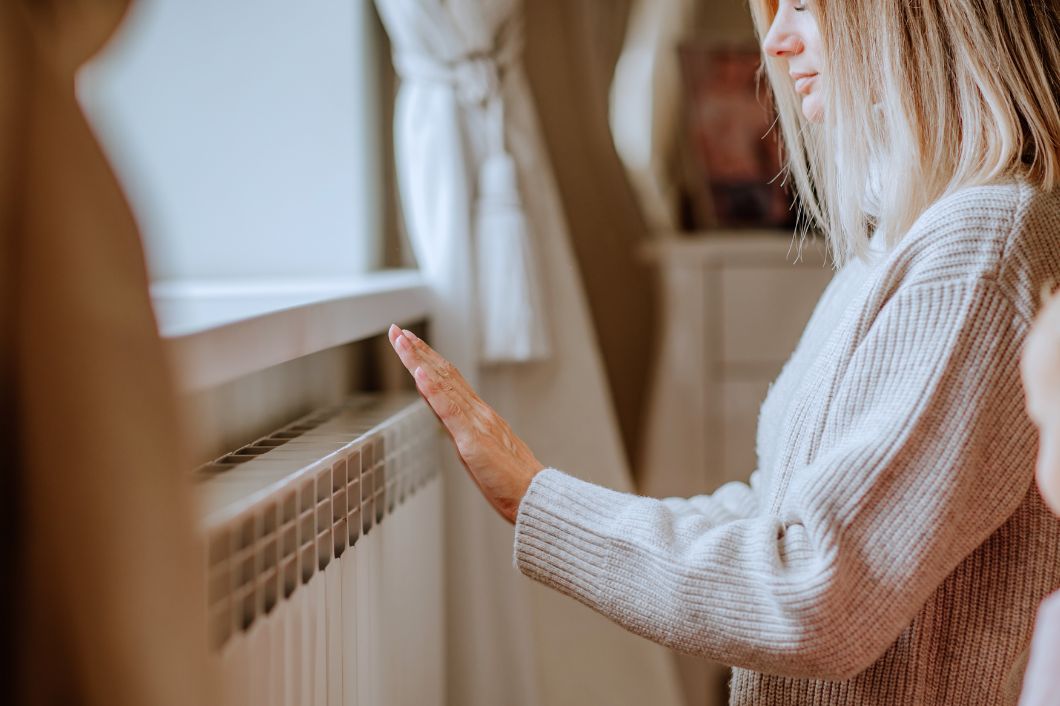Are you tired of constantly adjusting your thermostat? Do you find it hard to have a constant temperature in your house? Don’t worry because we have you covered. Here are five ways to prevent uneven temperatures in your home so that you can say goodbye to hot and cold spots and create a consistent, comfortable living environment.
Add More Insulation
Inconsistent home temperatures can cost you money, and one way you can prevent this from happening is by increasing the amount of insulation in your home. Insulation helps maintain an even temperature throughout your house by reducing heat escape during winter and preventing heat gain during summer. Check your attic, walls, and floors to see if you have adequate insulation, and add more if necessary.
Buy a New HVAC System
An outdated or inefficient heating, ventilation, and air conditioning (HVAC) system can cause uneven temperatures in your home. If your system is older than 10 to 15 years, it might be time to consider a replacement.
A smart choice is to invest in a high-efficiency HVAC system with advanced features, such as zoning and multistage equipment. These features provide precise temperature control and can help you reduce energy consumption and utility bills.
Ensure Your Vents Aren’t Blocked
Making sure nothing is blocking your vents is another way to prevent uneven temperatures in your home. Blocked vents can hinder the airflow in your house, leading to uneven temperatures.
Perform a quick inspection to ensure furniture, curtains, or other items don’t obstruct them. Remember to clean your vents regularly to prevent dust and debris from accumulating, which can further impede airflow.
Keep Your Ducts Leak Free
Ductwork is vital in distributing heated or cooled air throughout your home. However, leaks and cracks in your ducts can lead to hot and cold spots and increased energy bills.
Inspect your ducts for any signs of damage or wear, and repair any leaks with mastic sealant or metal tape. If your duct system is outdated or damaged beyond repair, consider investing in duct replacements for optimal airflow and energy efficiency.
Open or Close Your Blinds
Window treatments like blinds and curtains can help you regulate indoor temperatures by controlling the amount of sunlight entering your home. During colder months, open your blinds or curtains during the day to allow natural sunlight to warm your living spaces. Conversely, close your blinds or curtains during warmer months to block excess heat and maintain a cooler indoor environment.
With these five tips, you can achieve an even temperature throughout your home and create a more pleasant and energy-efficient living environment. A comfortable house is just a few smart adjustments away.



